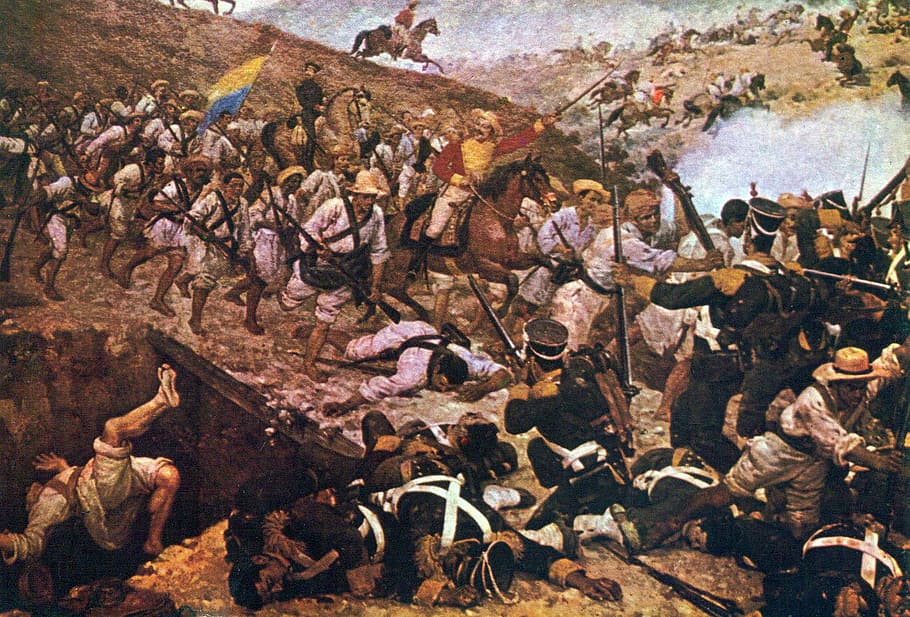
In the heart of Colombia, spanning the Teatinos River, lies a symbol of resilience, determination, and the unyielding spirit of a nation. The Boyaca Bridge, also known as the Puente de Boyaca, stands not only as a physical link between two shores but also as a testament to the pivotal Battle of Boyaca that shaped Colombia’s destiny.
The Boyaca Bridge, situated near the city of Tunja, is more than just a structure of stone and mortar. It is a living piece of history, connecting the present to the heroic past. This bridge played a central role in the events leading up to Colombia’s independence from Spanish colonial rule.
The Battle of Boyaca
The Battle of Boyaca, fought on August 7, 1819, was a turning point in Colombia’s fight for liberation. Led by the visionary military strategist Simon Bolivar, the revolutionary forces engaged in a decisive battle against the Spanish Royalist army. The battlefield was the lush plains surrounding the Boyaca Bridge.
Under the strategic genius of Bolivar, the revolutionary troops executed a daring maneuver, crossing the Teatinos River and attacking the Spanish forces from both sides. This audacious tactic caught the Royalists off guard, leading to a swift victory for the patriots. The Battle of Boyaca secured Colombia’s path to independence and marked the birth of the modern Colombian nation.

The Bridge as a Symbol
The Boyaca Bridge became synonymous with this historic victory. Its image, forever intertwined with the triumph of Colombia’s liberation, evokes a sense of national pride and unity. This bridge stands not only as a physical connection between two riverbanks but also as a symbol of the unity and sacrifice that laid the foundation for the nation’s sovereignty.
In recognition of its historic significance, the Boyaca Bridge was declared a National Monument in 1920. The bridge is adorned with plaques, sculptures, and inscriptions commemorating the valiant heroes who fought for Colombia’s freedom. It serves as a pilgrimage site for Colombians and visitors alike, who come to pay homage to the bravery that forged a nation.
Cultural Significance
Beyond its historical role, the Boyaca Bridge is a cultural landmark. It hosts various events and festivities, especially on August 7th, Colombia’s Independence Day. The bridge becomes a gathering point for citizens, who come together to celebrate their heritage, honor their ancestors, and reaffirm their commitment to a united Colombia.

A Bridge to the Future
The Boyaca Bridge is more than a physical structure; it is a bridge between generations. It connects Colombians across time, reminding them of the sacrifices that secured their freedom. As the nation marches forward, the Boyaca Bridge stands as a bridge to the future, a reminder of the resilience and courage that will continue to define Colombia’s journey.
The bridge, with its historical weight and symbolic significance, invites all who cross it to remember and honor the heroism that paved the way for a free and independent Colombia. It remains a living testament to the unwavering determination of a nation’s people to shape their own destiny.
See all the latest news from Colombia and the world at ColombiaOne.com. Contact our newsroom to report an update or send your story, photos and videos. Follow Colombia One on Google News, Facebook, Instagram, TikTok and subscribe here to our newsletter.


